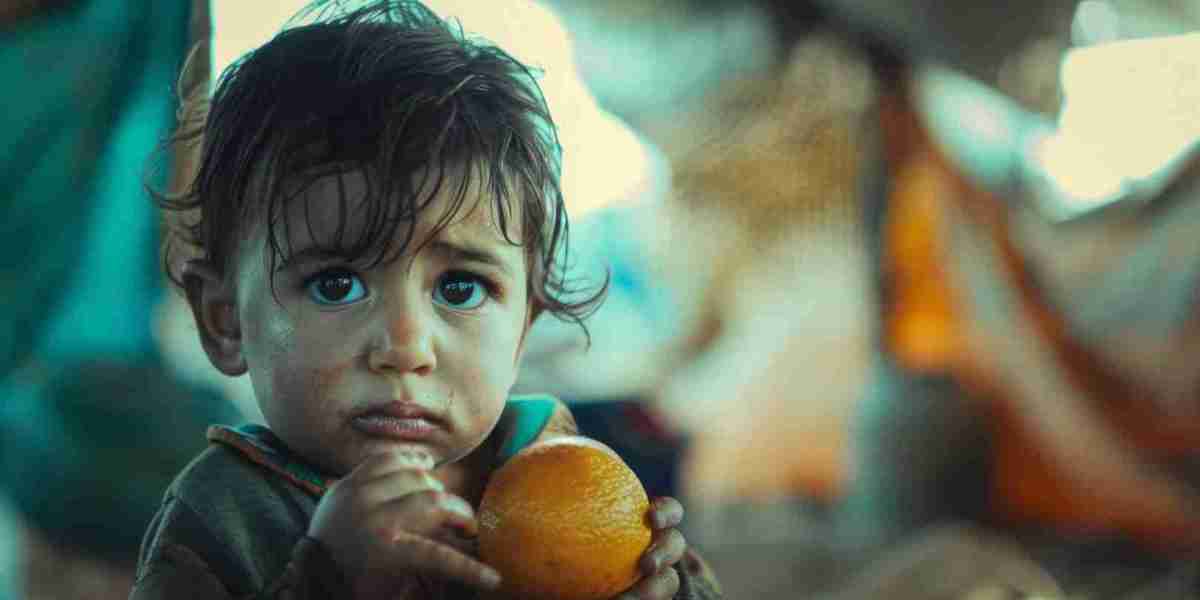Malnutrition in children is a serious issue that affects many young lives. It’s something that can be prevented, and I believe every one of us has the power to make a real difference. Here in Singapore, while we may not see the problem as clearly as in other parts of the world, it's important to recognize that malnutrition still affects children, especially in lower-income households or vulnerable communities.
So, what can I do to help? Here are 5 simple actions I can take today to help malnourished children and join the efforts in fighting this issue.
1. Start by Learning About What Causes Malnutrition and Its Impact on Children’s Health
Before I can effectively help, I need to understand what I’m up against. Malnutrition in children isn’t just about not having enough food — it’s about lacking the right kind of food that’s rich in nutrients. When kids don’t get the right vitamins and minerals, their development is stunted, both physically and mentally. By learning more about the causes and signs of malnutrition, I’m better equipped to take meaningful actions against hunger.
Common causes of malnutrition include:
- Lack of access to healthy food options
- Unbalanced diets or poor eating habits
- Chronic illnesses that interfere with nutrient absorption
2. Donate to Local or International Charities Fighting Malnutrition in Children
One of the most immediate ways I can help is by donating to organizations that are on the frontlines of helping malnourished children. Whether it’s donating money or food, every contribution counts. In Singapore, there are several local charities as well as international organizations that focus on taking real actions against hunger. I can contribute directly to their cause, knowing that my help reaches those in need.
Some trusted organizations include:
- Singapore Food Bank
- UNICEF (focused on global malnutrition)
3. Support Food Banks and Community Kitchens that Feed Vulnerable Families
Many families in Singapore struggle to put nutritious food on the table, especially those living paycheck to paycheck. I can support community kitchens and food banks that provide healthy meals to these families. Whether it’s through volunteering my time or donating food, my involvement can make a big impact in reducing malnutrition in children by ensuring they have access to nutritious meals.
Tip: Consider donating healthier food options, like whole grains, fruits, vegetables, and proteins, rather than instant noodles or snacks.
4. Promote Nutrition Education Within My Community
Sometimes, it’s not just about having enough food — it’s about knowing how to make the right choices. Many families may not be aware of what a balanced diet for a growing child looks like. I can help spread the word by supporting or organizing local nutrition education programs. Working with schools, community centers, or healthcare providers, I can share information about the importance of healthy eating habits and how to incorporate more nutritious foods into daily meals.
This simple step not only helps prevent malnutrition but also equips families with the knowledge they need to raise healthier children.
5. Take Part in Government or NGO Initiatives Focused on Child Nutrition
Finally, I can get involved with larger initiatives that tackle child malnutrition on a national or global scale. Singapore has various programs that work towards improving food security and access to healthy nutrition. By joining these initiatives, whether through advocacy, participation, or financial support, I can contribute to systemic change in helping malnourished children.
Examples of initiatives I can support:
- Government health campaigns focusing on child nutrition
- Collaborations between NGOs and schools to provide balanced meals for students
By taking even just one of these steps, I can start making a difference in the lives of malnourished children. These actions don’t require much, but they can have a lasting impact on a child’s future.














